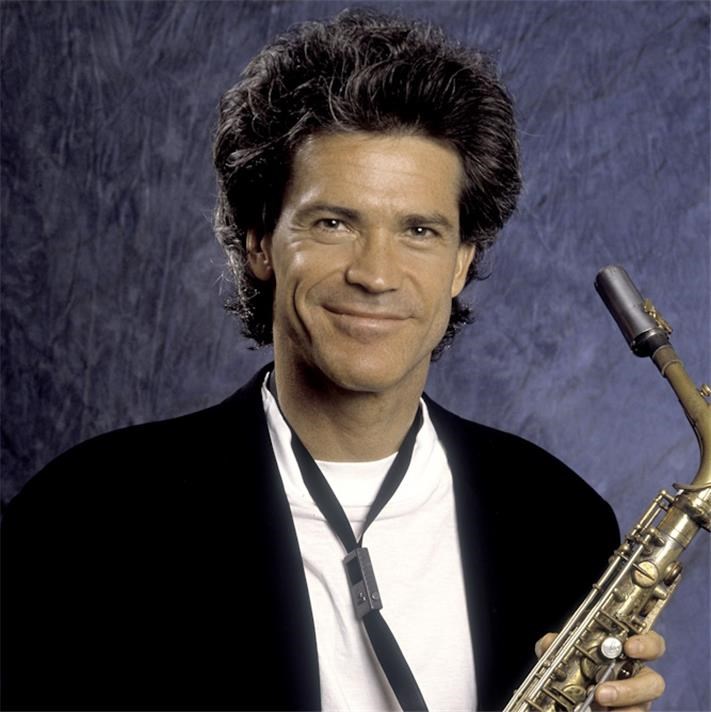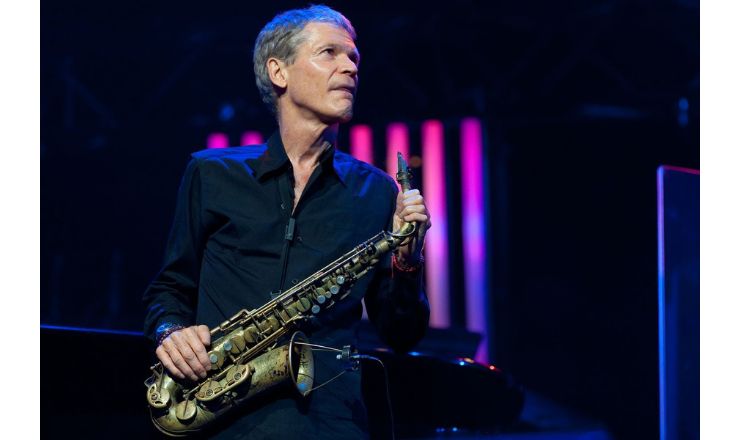
David Sanborn (July 30, 1945 – May 12, 2024) was an iconic American alto saxophonist who left an indelible mark on multiple genres of music, particularly jazz, pop, and rhythm and blues (R&B). Over a career that spanned more than five decades, Sanborn became known for his distinctive sound, blending a smooth yet expressive alto saxophone tone with elements of jazz, instrumental pop, and soulful R&B. His influence on contemporary saxophone playing and his contributions to modern music make him one of the most respected figures in the industry.
Early Life and Beginnings in Music
David Sanborn was born in Tampa, Florida, on July 30, 1945, and grew up in St. Louis, Missouri. His love for music developed at an early age, but his path to becoming a professional musician was shaped by a significant personal challenge. At the age of three, Sanborn contracted polio, a disease that left him weakened and in need of physical therapy. He began playing the saxophone as part of his rehabilitation, and this initially therapeutic activity soon turned into a deep passion for music.
His early experiences in St. Louis introduced him to a vibrant music scene rich in jazz, blues, and R&B traditions. He was influenced by local artists and legendary saxophonists such as Charlie Parker and Hank Crawford, who would later shape his distinctive style. By his teenage years, Sanborn had already begun playing with notable musicians, including the great blues artist Albert King, laying the foundation for a diverse and eclectic career.
Career Breakthroughs and Session Work
Sanborn’s professional career began in earnest in the late 1960s and early 1970s when he became a highly sought-after session musician. His ability to adapt his saxophone style to various genres made him a favorite among recording artists across a wide range of musical styles. In these early years, Sanborn worked with some of the most influential figures in the industry, including James Brown, Stevie Wonder, David Bowie, The Rolling Stones, and Eric Clapton. His session work demonstrated his versatility, as he was able to seamlessly transition between different genres, whether it was funk, soul, rock, or jazz.
One of his most notable contributions as a session musician was his work on David Bowie’s 1975 album Young Americans, where Sanborn’s saxophone played a prominent role in defining the sound of the title track. His collaboration with Bowie brought him wider recognition and showcased his ability to add depth and texture to popular music without overshadowing the main artist. This balance of virtuosity and restraint would become a hallmark of Sanborn’s playing style.
.
.
Solo Career and Jazz Fusion Success
Despite his success as a session musician, David Sanborn’s true breakout came with his solo career. He released his first solo album, Taking Off, in 1975. While the album did not achieve immediate commercial success, it marked the beginning of a series of recordings that would cement his place in the music world. It also reflected his ability to blend jazz with pop and R&B in a way that appealed to both jazz purists and a broader audience.
Sanborn’s breakthrough as a solo artist came with his 1980 album Hideaway. This album, produced by Michael Colina, became a commercial hit, reaching the top of the jazz charts and crossing over into the pop and R&B markets. The track “Hideaway” became a defining moment in his career, showcasing his distinctive sound, characterized by a smooth tone, emotive phrasing, and a unique fusion of jazz improvisation with pop sensibility. His ability to create accessible yet sophisticated music made him a favorite of radio stations and garnered him a large following.
Throughout the 1980s, David Sanborn continued to release a series of successful albums, including Voyeur (1981), which earned him his first Grammy Award for Best R&B Instrumental Performance, and Straight to the Heart (1984), which also received a Grammy. His recordings from this era reflected his mastery of blending genres and his willingness to push the boundaries of jazz. Sanborn’s work was sometimes categorized as “smooth jazz,” a label that he embraced to a degree, though his music often carried more complexity and emotional depth than the genre typically implied.
Signature Sound and Influence
David Sanborn’s alto saxophone sound is instantly recognizable—crisp, emotional, and full of a soulful energy that few could replicate. His playing often featured a strong, vocal-like quality, capable of expressing a wide range of emotions, from joy to melancholy. He was particularly known for his ability to play with raw emotion, infusing his music with a deep sense of feeling that resonated with listeners.
One of Sanborn’s greatest contributions to music was his ability to bridge the gap between jazz and popular music. While many jazz artists of his generation focused solely on the traditional aspects of the genre, Sanborn was unafraid to incorporate elements from other styles. This willingness to experiment helped bring jazz to new audiences and played a crucial role in the development of contemporary jazz, especially the smooth jazz movement.
His influence can be heard in the work of numerous saxophonists and instrumentalists who came after him. Artists like Kenny G, Boney James, and Grover Washington Jr. owe a debt to Sanborn’s pioneering style, which made instrumental music more accessible to mainstream listeners without sacrificing artistic integrity.
Collaborations and Later Career
In addition to his solo work, David Sanborn maintained a rich collaborative career throughout his life. He continued to perform with a wide range of artists across different genres. His collaborations with jazz legends like Marcus Miller, George Benson, and Gil Evans showcased his deep roots in jazz, while his work with pop and rock artists kept him connected to the broader musical landscape.
One of his most enduring collaborations was with pianist Bob James. Together, they released several albums, including the critically acclaimed Double Vision (1986), which won a Grammy Award for Best Jazz Fusion Performance. The album’s combination of jazz, pop, and R&B elements reflected the versatility that both artists brought to the project.
In the 1990s and 2000s, David Sanborn continued to release albums and tour extensively. His later work reflected a more mature, reflective sound, as seen in albums like Timeagain (2003) and Here & Gone (2008), the latter being a tribute to Ray Charles and Hank Crawford, two musicians who had a profound influence on his career.
.

.
Legacy
His career was marked by a dedication to innovation and a desire to connect with listeners on an emotional level. Whether through his collaborations with legendary artists or his own solo work, David Sanborn will be remembered as a pioneering force who brought the sound of the alto saxophone into the mainstream, forever changing the landscape of contemporary jazz and popular music.
David Sanborn died of complications from prostate cancer in Tarrytown, New York, on May 12, 2024, at the age of 78.
David Sanborn’s legacy lives on through his music. He leaves behind an extensive discography that has influenced generations of musicians and fans alike. Sanborn’s ability to transcend genre boundaries while maintaining a strong jazz foundation made him a unique and transformative figure in modern music.
Check out David Sanborn on Amazon.
.


Pingback: David Bowie died January 10, 2016. - Dead Musicians